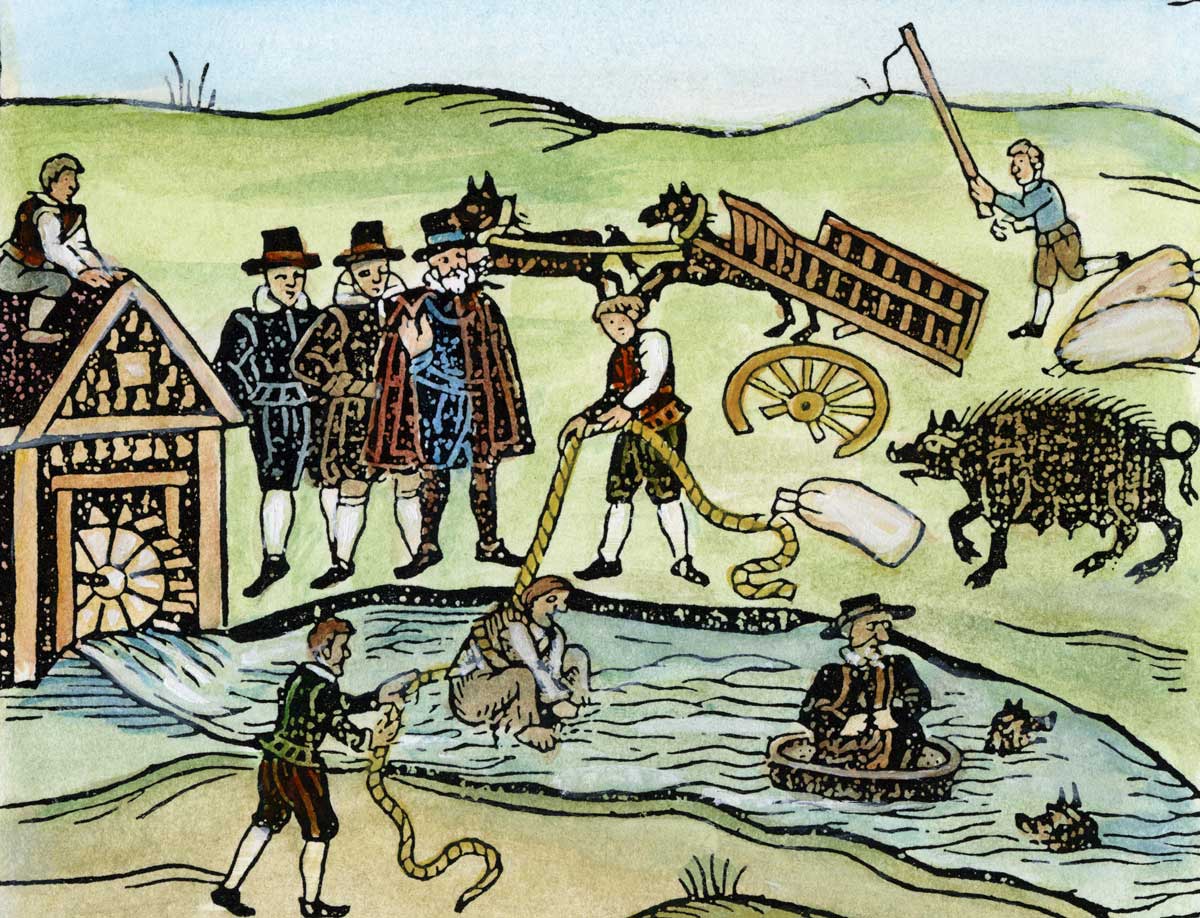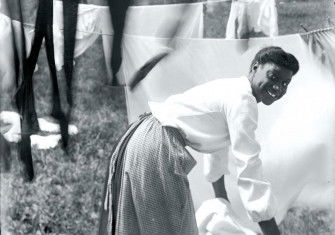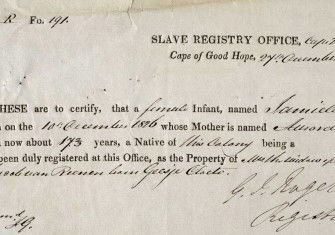A Ventriloquist Act?
Recent studies show the benefits and limitations of giving voice to the thoughts of our predecessors.

The 14th-century Bishop Richard de Bury wrote, according to Mary Wellesley’s wonderful new book, Hidden Hands (riverrun), that ‘in books I find the dead as if they were alive’. The role of the historian is to do this, too – to perform a form of necromancy and bring the dead to life. From the manuscripts of history, we attempt to reconstruct past lives, while recognising that we will never be able to do so perfectly. This involves resolving partial, confusing and often contradictory evidence into a story. It demands both empiricism and imagination – but in what measures?
One of the strangest phenomena in the early modern playbook is the prosecution of people under law for covenanting with the devil. Such trials produced depositions that historians can deploy to recreate what Peter Laslett called ‘the world we have lost’. But two recent investigations of 17th-century witchcraft have left me pondering the line between historical reconstruction and our own constructions.







